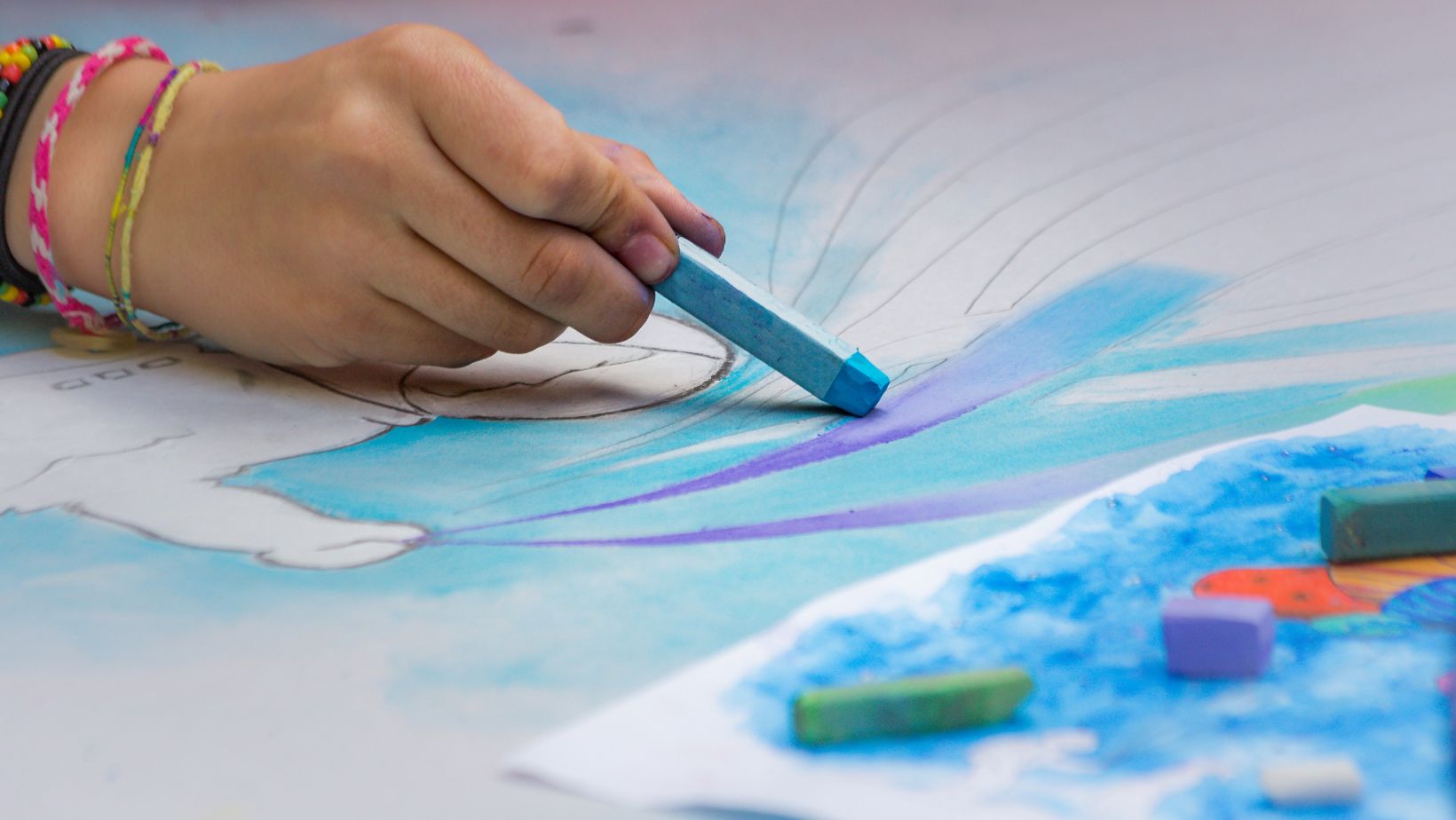Wondering how to fill an object in Illustrator? Look no further, because I’ve got you covered. In this article, I’ll walk you through the steps of filling an object with color or a pattern in Adobe Illustrator.
To begin, open your desired file in Illustrator and select the object you want to fill. You can do this by using the Selection Tool (V) and clicking on the desired shape. Once selected, navigate to the “Fill” option located in the toolbar at the top of your screen. Click on it to reveal a variety of options for filling your object.
From here, you have several choices for filling your object. You can choose a solid color from the Color Picker by simply clicking on it. Alternatively, you can select a gradient fill to add depth and dimension to your design. If patterns are more your style, Illustrator offers a wide range of predefined patterns that you can apply instantly.
With just a few clicks, you’ll be able to transform a plain object into something vibrant and eye-catching using Illustrator’s powerful fill options. So let’s dive in and discover how easy it is to bring life and creativity into your designs!
Table of Contents
ToggleHow to Fill an Object in Illustrator
When it comes to filling an object in Illustrator, the first step is selecting the right object. This can vary depending on your design goals and preferences. You may choose to work with a basic shape like a rectangle or circle, or you might opt for more complex objects such as custom illustrations or imported images.
Consider the purpose of your design and how the filled object will contribute to it. Is it meant to be a background element, a focal point, or part of a larger composition? By understanding the role of the object within your design, you can make an informed decision about which one to fill.
Selecting the fill color
Once you’ve chosen your desired object, it’s time to select a fill color that complements your overall design aesthetic. The color you choose can evoke different emotions and convey specific messages. For example, warm colors like reds and oranges can create a sense of energy and excitement, while cool colors like blues and greens can evoke calmness or serenity.
Consider factors such as brand guidelines, target audience preferences, and any existing color schemes within your design. Experiment with different shades and tones until you find the perfect fill color that enhances your overall composition.
Applying the fill to the object
With both your chosen object and fill color at hand, it’s time to apply the fill in Illustrator. Here are some simple steps:
- Select the desired object by clicking on it.
- Locate the “Fill” option in Illustrator’s toolbar.
- Click on this option to open up a color picker panel.
- Choose your desired fill color from either predefined swatches or create a custom color using RGB or CMYK values.
- Once you’ve selected your desired fill color, click outside of any panels or press Esc key to exit out of them.
By following these steps, you’ll successfully apply a fill color to your selected object in Illustrator. Remember, you can always modify the fill color later if needed by repeating these steps or using different blending modes and transparency settings.
By understanding how to choose the right object, select an appropriate fill color, and apply it effectively, you’ll be well on your way to creating visually striking designs in Adobe Illustrator. So go ahead and unleash your creativity with filled objects that enhance your compositions!
Selecting the Fill Color
When it comes to filling objects in Adobe Illustrator, choosing the right color is key to achieving your desired look. In this section, we’ll explore different methods for selecting the fill color that best suits your project.

Using the Color Picker tool
The Color Picker tool in Illustrator allows you to manually select a specific color using various models such as RGB (Red, Green, Blue) or CMYK (Cyan, Magenta, Yellow, Black). To access the Color Picker tool, simply click on the fill color swatch in the Tools panel or use the keyboard shortcut “I”.
Once you have opened the Color Picker dialog box, you can either input specific values for each color channel or visually adjust them using sliders. This gives you precise control over selecting custom colors and ensures consistency across your design elements.
Remember, mastering basic techniques like filling objects is crucial for building a strong foundation in graphic design using Adobe Illustrator.






